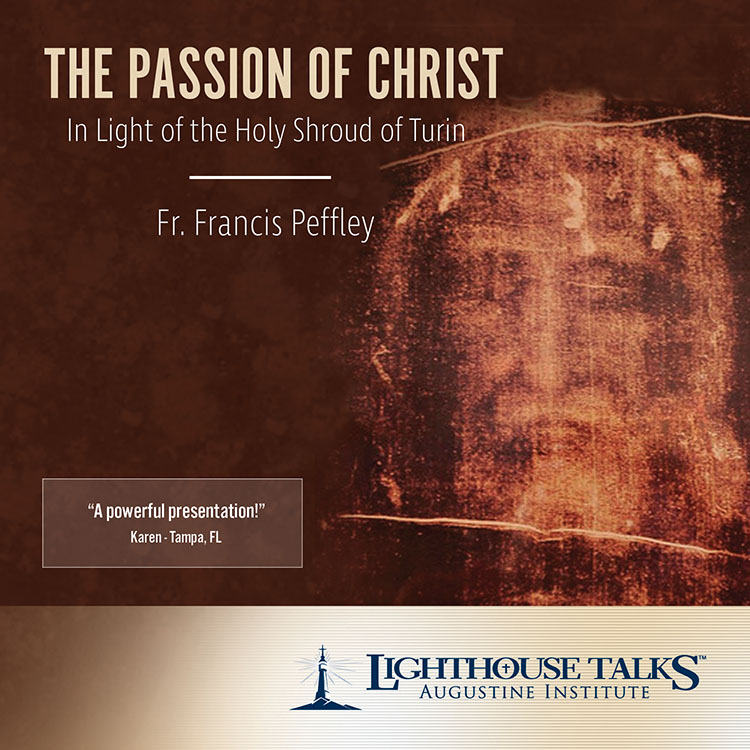
Did you know that the Shroud of Turin might have been the tablecloth used at the Last Supper?
This is very interesting because Catholic Doctrine says:
1367 The sacrifice of Christ and the sacrifice of the Eucharist are one single sacrifice: "The victim is one and the same: the same now offers through the ministry of priests, who then offered himself on the cross; only the manner of offering is different." "And since in this divine sacrifice which is celebrated in the Mass, the same Christ who offered himself once in a bloody manner on the altar of the cross is contained and is offered in an unbloody manner. . . this sacrifice is truly propitiatory."
This is the Sacrifice that was consummated on Calvary. Jesus Christ said, "It is finished (John 19:30)". Because the Sacrifice He had begun in the Upper Room was consummated on the Cross.
Did you know that the beard and hair style of the executed man were not common anywhere in the Roman Empire except Palestine?
The image has semitic features, including sidelocks and a unplaited ponytail.

There are places where the bones and teeth can be seen beneath the skin.
Did you know that some of the characteristics on the Shroud were not discovered until the 20th century?
This is important because skeptics claim that the image on the Shroud was produced by a 15th century artist. But the artist could not have produced things which he did not know existed since these things were not known until the 20th century.
Did you know about the other cloth?
There is another cloth called the Sudarium, whose blood stains match perfectly the blood stains on the Shroud of Turin:
Guscin wrote:
There are many points of coincidence between all these points and the Shroud of Turin - the blood group, the way the corpse was tortured and died, and the macroscopic overlay of the stains on each cloth. This is especially notable in that the blood on the Sudarium, shed in life as opposed to postmortem, corresponds exactly in blood group, blood type and surface area to those stains on the Shroud on the nape of the neck. If it is clear that the two cloths must have covered the same corpse,....
Did you know that the image was burned into the fabric of the cloth in a manner that can't be duplicated with modern equipment?
More proof that it couldn't have been done by a 15th century artist.
Did you know that researchers suspect that the image was taken of an upright Jesus?
In the image, Jesus hair drapes down. Not back as it should if the image were taken in a horizontal position.
For more Quick Takes, visit Conversion Diary!

No comments:
Post a Comment
Thanks for contributing.